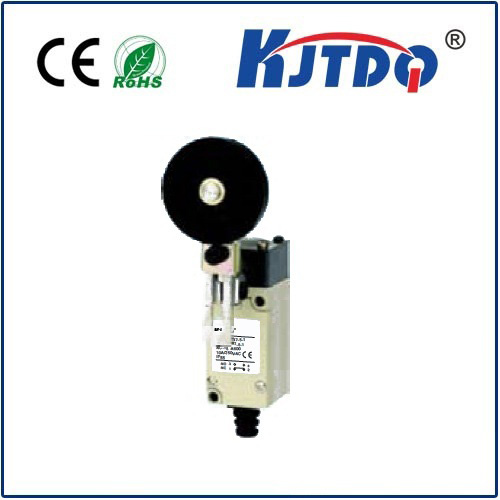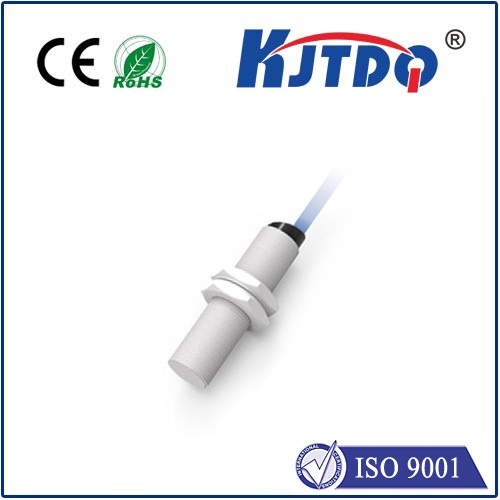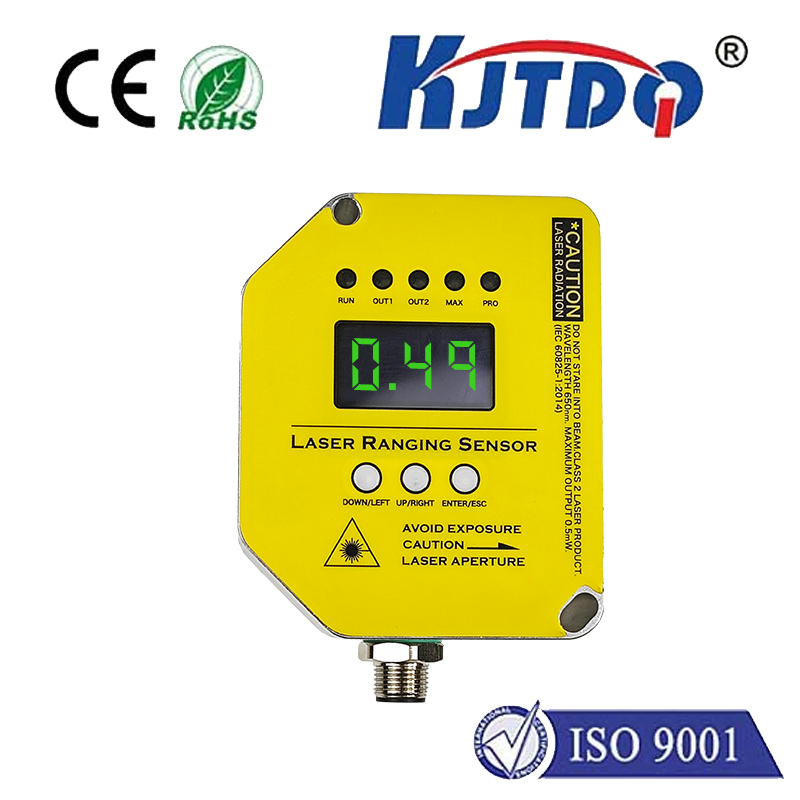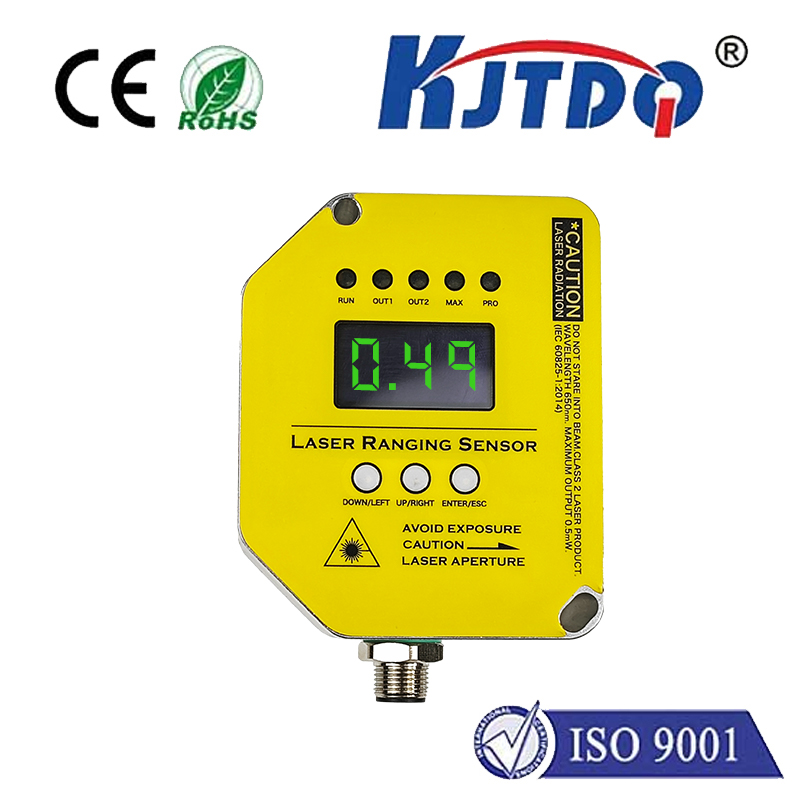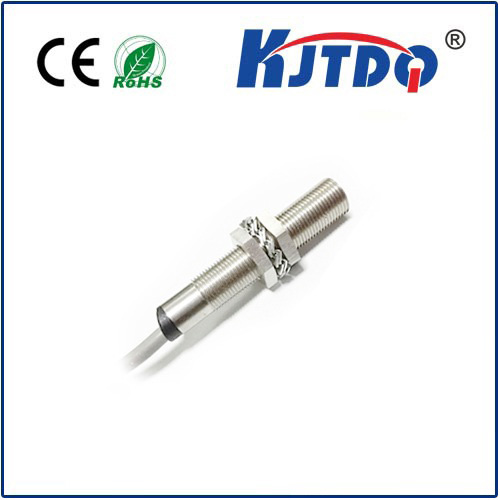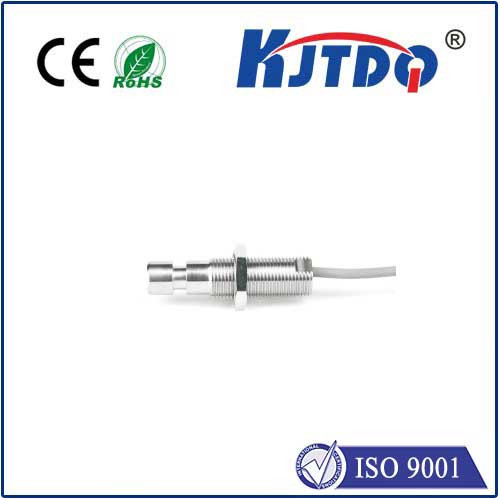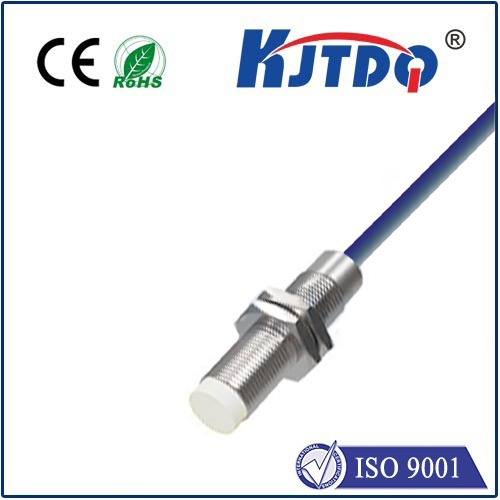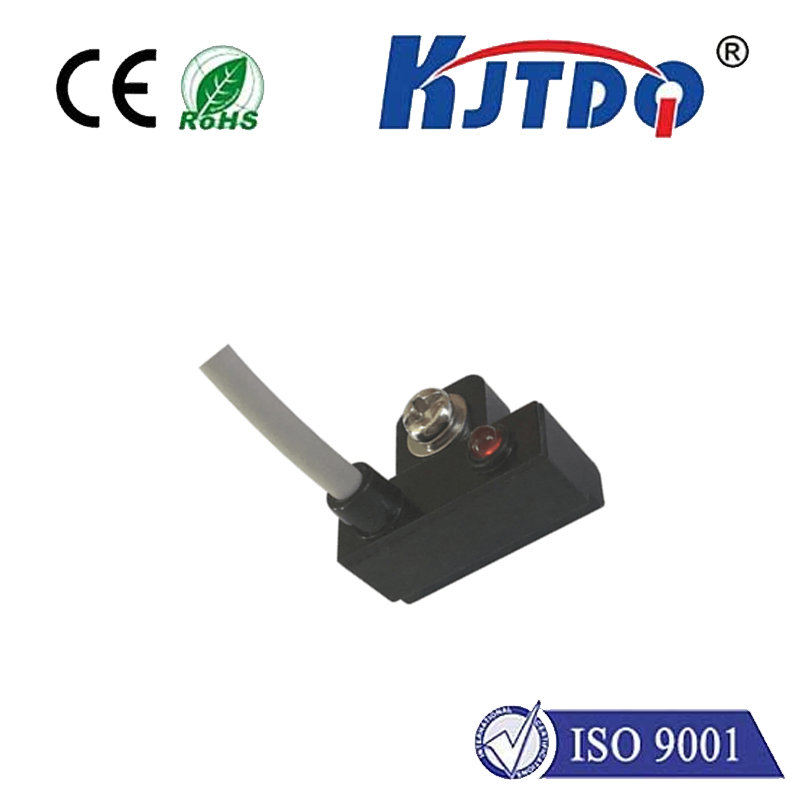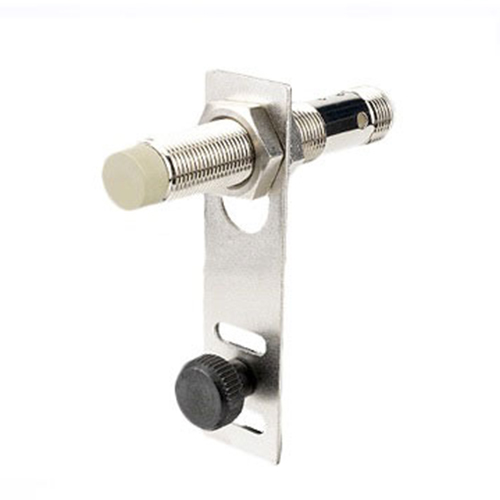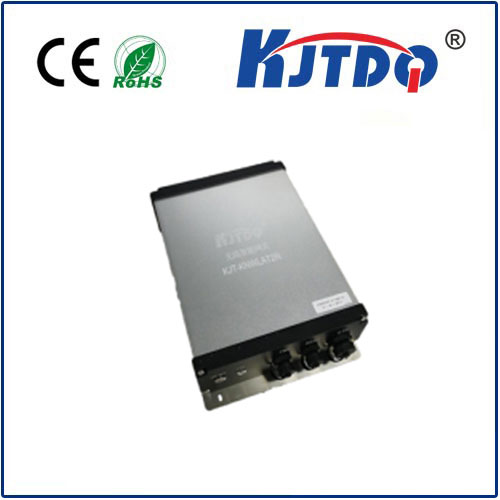E3FC-DP26 reflective proximity sensor
- time:2025-10-10 02:38:49
- Click:0
E3FC-DP26 Reflective Proximity Sensor: Precision Detection Simplified
Imagine a component on a high-speed assembly line, zipping past a checkpoint thousands of times a day. How does the system reliably detect its presence or absence, ensuring flawless operation without physical contact? The answer often lies in a small, robust, and incredibly precise device: the reflective proximity sensor. Among the leaders in this field stands the E3FC-DP26, a model engineered by Omron for demanding industrial applications. If consistent, non-contact object detection is critical to your process, understanding the capabilities of this specific sensor is paramount.
At its core, the E3FC-DP26 operates on the diffuse-reflective principle. Unlike through-beam sensors requiring separate emitter and receiver units, or retro-reflective types needing a reflector, this compact unit houses both the light emitter (typically an infrared LED) and the receiver within a single housing. It emits a beam of light; when an object enters the sensing field, some of this emitted light reflects off the target object and returns to the receiver within the same sensor head. The sensor’s internal circuitry detects this returned light and triggers its output switch.
What sets the E3FC-DP26 apart is its specific blend of features designed for versatility and reliability:

- Compact, Cylindrical Design: Housed in an M12 threaded barrel (12mm diameter), its small form factor makes it ideal for space-constrained mounting points on machinery, robots, or conveyors.
- Focused Sensing: Utilizing red light emission (visible red light beam), it offers significant advantages. Operators can visually confirm the alignment of the sensing beam on the target object, drastically simplifying setup, troubleshooting, and maintenance compared to invisible IR beams. “Seeing is believing” directly applies here.
- Adjustable Sensing Distance: While datasheet specs provide the nominal range (e.g., 200mm for the E3FC-DP26), many models feature a built-in potentiometer. This allows technicians to fine-tune the sensitivity onsite, optimizing detection for varying target colors, reflectivity, or environmental conditions – a crucial feature for real-world adaptability.
- Stable Performance: Engineered for industrial environments, it incorporates features like background suppression. This advanced technology helps the sensor distinguish between the actual target object and more distant background surfaces or ambient light variations, significantly improving detection reliability and reducing false triggers. Its robust construction ensures resilience against vibration and typical shop-floor dust.
- Output Flexibility: Typically available with both PNP (sourcing) and NPN (sinking) output configurations. Most variants offer a Normally Open (NO) solid-state (transistor) output, providing fast switching speeds, long lifespan (no moving parts), and compatibility with modern PLCs and controllers. This non-contact switching is key to high-cycle applications.
- Environmental Resilience: Featuring a standard IP67 rating, the sensor is protected against the ingress of dust and temporary immersion in water (up to 1m for 30 mins). This makes it suitable for washdown areas or harsh industrial settings common in manufacturing, packaging, and material handling.
- Simple Wiring: Often equipped with a short integral cable or a quick-disconnect M12 connector, installation and replacement are straightforward, minimizing downtime.
The E3FC-DP26 reflective proximity sensor shines in numerous industrial scenarios:
- Object Presence/Absence Detection: Reliably confirming parts are present on a conveyor, pallet, or fixture. Is the bottle capped? Is the component seated? Has the box passed the station?
- Counting: Accurately tallying products, packages, or components moving past a point.
- Position Verification: Ensuring robotic arms, slides, or actuators have reached their correct end positions before the next sequence begins.
- Level Detection: Monitoring the presence or absence of material in bins, chutes, or racks at specific points.
- Automated Machinery: Integral to the smooth functioning of packaging machines, assembly robots, CNC loaders, printing presses, and textile machinery where non-contact detection is essential.
Choosing the Right Tool: Reflective vs. Alternatives
Why pick a diffuse-reflective sensor like the E3FC-DP26?
- Simplicity: Only one device to mount and wire, unlike through-beam sensors.
- Space Savings: The compact, single-unit design fits where installing two separate components (emitter/receiver) is impossible.
- No Reflector Needed: Unlike retro-reflective sensors, it doesn’t require mounting a separate reflector on the opposite side, which can be impractical or easily contaminated.
- Target Flexibility: Often better suited for detecting non-shiny or dark objects compared to some other optical methods (though target color and surface finish do influence sensing distance).
Important Considerations for Optimal Use
To maximize the effectiveness of your E3FC-DP26:
- Target Properties Matter: Sensing range is influenced by the target’s size, color, and surface texture. Larger, lighter, and more reflective targets are generally detected at longer ranges. Always refer to the sensor’s technical data for reduction factors.
- Mounting Position: Ensure the sensor face is perpendicular to the expected path of the target object for maximum signal return. Mounting brackets are often used for precise alignment.
- Environment: While robust and featuring background suppression, extremely dirty or foggy environments, or highly reflective backgrounds near the sensing field, can still pose challenges. Consider environmental shields if necessary.
- Fine-Tuning: Don’t hesitate to use the sensitivity potentiometer to calibrate the sensor for your specific application conditions during installation.
The E3FC-DP26 reflective proximity sensor exemplifies the power of simple, reliable non-contact detection. Its combination of compact size, visible red beam for easy setup, adjustable sensing, robust IP67 housing, and dependable solid-state output makes it an unsung hero across countless automated processes. When precise, rapid, and contactless object detection is required within its range specifications, this Omron proximity sensor offers a proven and versatile solution, helping to keep assembly lines humming, counts accurate, and machinery operating safely. For engineers and technicians seeking a workhorse sensor in the diffuse-reflective category, the E3FC-DP26 warrants serious consideration as a fundamental component for industrial sensing tasks.












